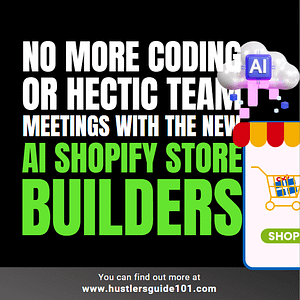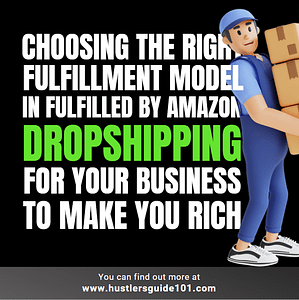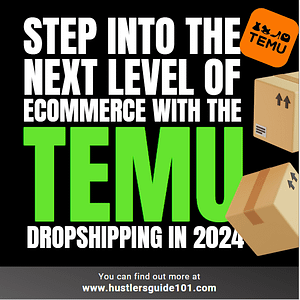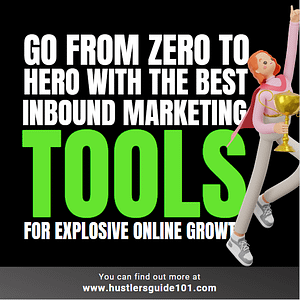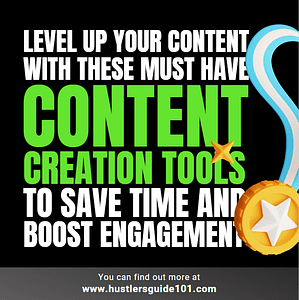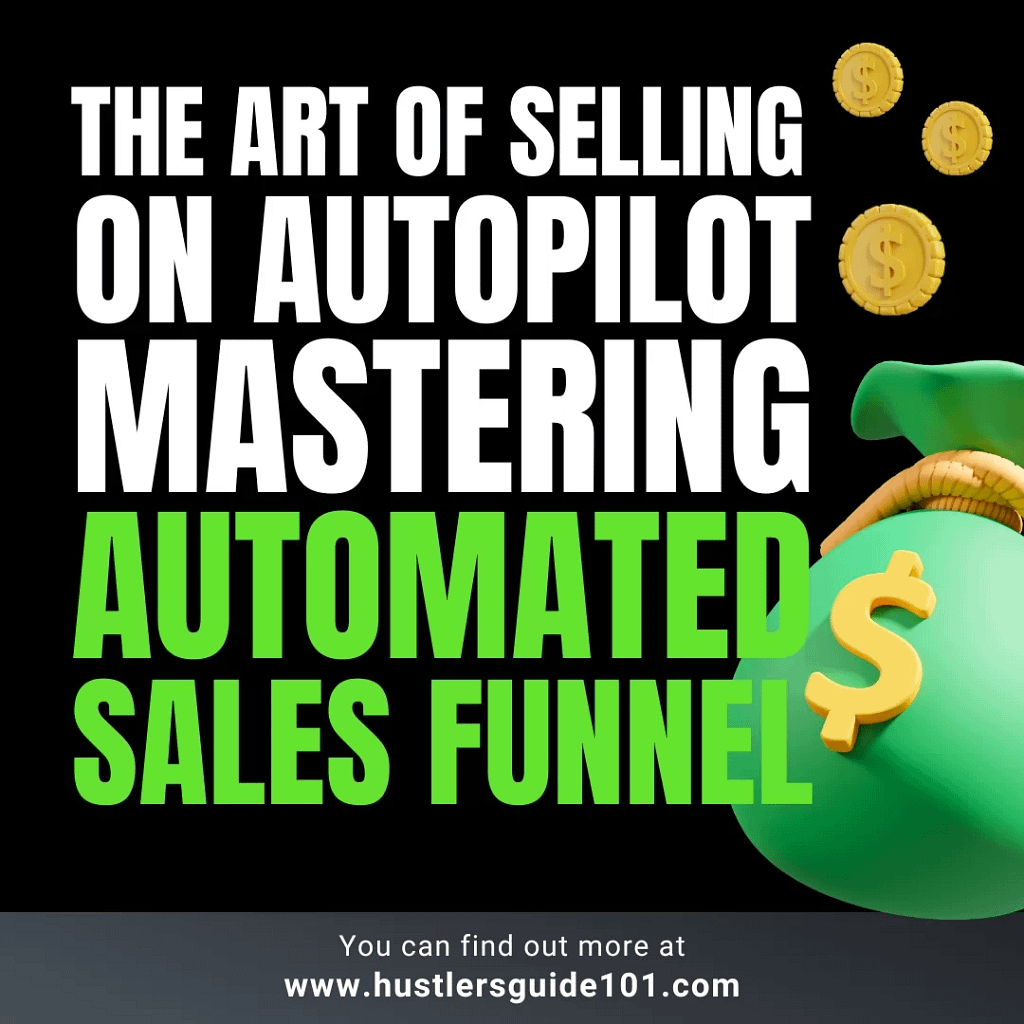
Are late nights and endless emails not translating into the sales you envisioned? Don’t sweat it – you’re not alone. I get it, and I’ve got the solution. In this guide, I’m diving into the nitty-gritty of creating an automated sales funnel that does the heavy lifting, so you can kick back, relax, and watch those sales roll in.
Imagine an automated sales funnel or process that works tirelessly while you catch some Zs or focus on the big-picture stuff. No more wrestling with spreadsheets or drowning in endless follow-up emails. Your dream team? An army of digital minions doing the heavy lifting, leaving you to sip your coffee in peace.
9 Steps to build an automated sales funnel
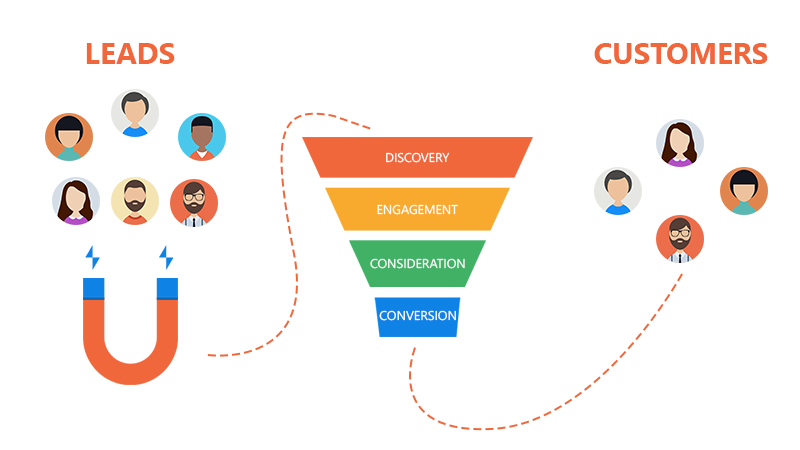
Understanding Your Audience
A. Customer Persona Development
To truly connect, you’ve got to know your audience like a best friend. Start by crafting detailed customer personas. What makes them tick? What keeps them up at night? The more you understand, the better you can tailor your funnel to their needs.
Conduct surveys, interviews, and social media listening to gather insights. Unearth their demographics, interests, and pain points. Personas aren’t just profiles; they’re the heartbeat of your strategy.
B. Identifying Customer Pain Points
Now, let’s zoom in on the pain points. What headaches are your audience dealing with? Pinpoint these, and you’re holding the keys to their hearts. Whether it’s time constraints, budget worries, or a need for simplicity, addressing these pain points is your ticket to their loyalty.
Dive into customer reviews, forums, and feedback. Engage with your audience directly. The language they use to express frustrations is pure gold. Craft solutions that speak directly to their challenges.
C. Tailoring Content to Audience Needs
Armed with persona insights and pain points, it’s showtime! Craft content that’s a tailor-made suit for your audience. Whether it’s blog posts, videos, or social media snippets, make every piece resonate. Solve their problems, answer their questions, and spark that “this is exactly what I needed” moment.
Create a content calendar aligned with your automated sales funnel stages. Address each pain point with precision. If your audience loves visuals, lean into infographics or video content. The goal? Make your content the hero they never knew they needed.
Do you know the difference between Landing page and sales funnel? If not, I got a detailed guide on Landing Page VS Sales Funnel for you.
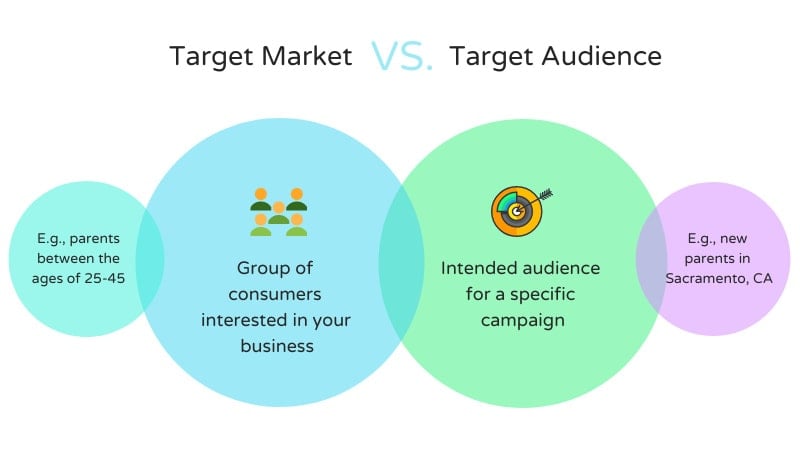
Setting Clear Goals
A. Defining Sales Objectives
What’s the North Star of your sales journey? Define clear, specific sales objectives. Whether it’s boosting conversions, increasing revenue, or expanding your customer base, clarity here is non-negotiable. Goals give your funnel purpose and direction.
Use the SMART criteria—Specific, Measurable, Achievable, Relevant, Time-bound. Instead of a vague goal like “increase sales,” aim for “increase online sales by 15% in the next quarter.” Specificity is your secret weapon.
B. Establishing Key Performance Indicators (KPIs)
Now that your goals are set, let’s pick up the magnifying glass. Identify Key Performance Indicators (KPIs) that align with your objectives. Are you tracking website traffic, conversion rates, or customer retention? KPIs keep you on course and reveal where adjustments are needed.
Choose KPIs that directly reflect progress toward your goals. If it’s about increasing brand awareness, track metrics like social media engagement and website visits. For sales, monitor conversion rates and average order value.
C. Aligning Goals with Overall Business Objectives
Your sales funnel isn’t an isolated island—it’s part of a bigger archipelago called your business. Ensure your sales goals sync harmoniously with your overall business objectives. When your funnel aligns with the grand plan, success isn’t just a possibility; it’s destiny.
Regularly revisit your business objectives and adjust your sales goals accordingly. If your business is venturing into new territories, your funnel goals should echo that expansion. Keep the synergy alive!
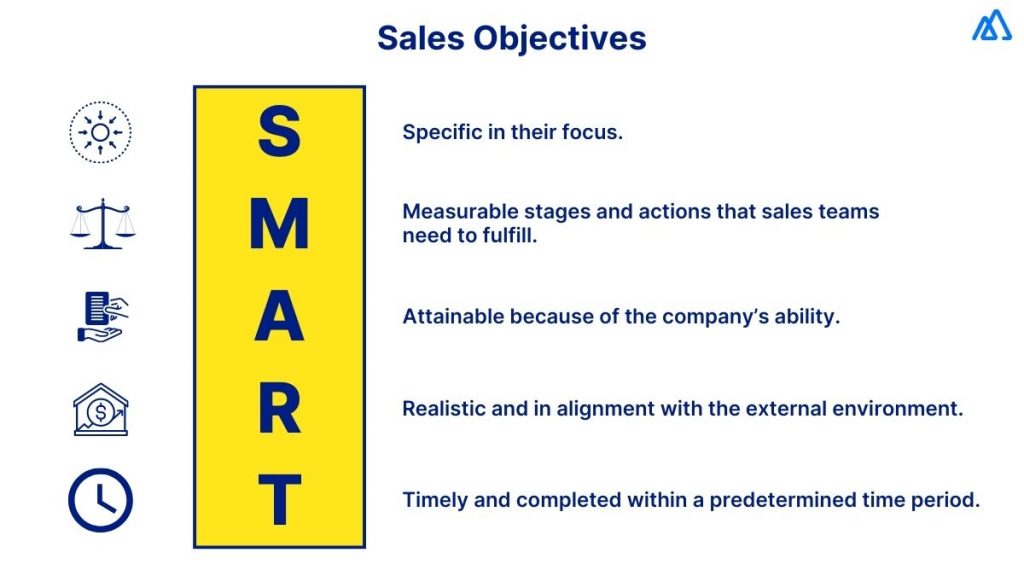
Selecting the Right Automation Tools
A. Overview of Sales Funnel Automation Tools
Time to arm yourself with the right tools for the job. Sales funnel automation tools come in all shapes and sizes, from email marketing platforms to CRM systems. Understand the landscape, explore the options, and choose tools that seamlessly integrate into your workflow.
Start with the basics—a reliable CRM, email marketing software, and analytics tools. As your funnel matures, explore advanced automation features like behavior-triggered emails and personalized content delivery.
B. Criteria for Choosing the Right Tools
Don’t let shiny features blind you. Your criteria should be your North Star. Consider factors like user-friendliness, scalability, and integration capabilities. A tool may be powerful, but if it feels like decoding hieroglyphics, it might not be the one.
List your specific needs and match them against potential tools. Read user reviews, ask for demos, and consider the learning curve. The right tool isn’t just a tool—it’s your sidekick in this automation adventure.
C. Popular Automation Platforms and Their Features
Let’s dive into the toolbox. From juggernauts like HubSpot and Salesforce to nimble players like ActiveCampaign and ConvertKit, each platform brings its own flair. Explore their features—email automation, lead tracking, and analytics—and choose the one that aligns with your goals.
Take advantage of free trials. Get hands-on and see how the platform feels in action. Look beyond the features; consider customer support, community forums, and future scalability.

Crafting Compelling Content
A. Importance of Content in Sales Funnels
In the noisy digital bazaar, your content is the spotlight. It’s not just about what you sell; it’s about the story you tell. Compelling content is the glue that binds your audience to your brand. It’s not a choice; it’s a necessity.
Start with a content audit. Analyze what’s worked and what hasn’t. Double down on content that resonates, and identify gaps. Quality over quantity—always.
Ever heard of content appropriateness in sales funnel? I am telling you, it matters a lot.
B. Creating Engaging Landing Pages
Landing pages are your digital shop windows. Make them magnetic. Clear headlines, compelling visuals, and a call-to-action that screams “click me” are non-negotiable. A visitor’s decision to stay or leave often happens in the blink of an eye—make it count.
Test different elements—colors, copy, forms—and track performance. Tools like A/B testing can be your best friend. What works for one audience might not for another, so keep iterating. Learn what every sales funnel copywriter should know.
C. Developing High-Converting Emails
Emails are your silent sales reps. Craft them with care. Personalize subject lines, keep content concise, and guide your reader seamlessly toward the click. From welcome emails to drip campaigns, each email should be a step in your dance toward conversion.
Segment your email list based on customer behavior and preferences. Tailor your emails to each segment. And don’t forget the power of a compelling subject line—it’s the gateway to your email kingdom.
![59 Content Frameworks [50M+ Views & $10M+ sales]](https://ml7mr2tqkwmf.i.optimole.com/cb:ybm1.679b9/w:1024/h:535/q:mauto/f:best/https://hustlersguide101.com/wp-content/uploads/2023/09/ebook-for-blog.jpg)
Implementing Lead Capture Mechanisms
A. Designing Effective Opt-in Forms
Your opt-in form is the bouncer at the VIP party—make it welcoming yet exclusive. Keep it short, sweet, and visually appealing. The goal is to capture leads, not scare them away. Less is more in the world of opt-in forms.
Experiment with form placement—on landing pages, pop-ups, or dedicated signup pages. Test different form lengths and fields. And always assure your audience that their information is in good hands.
B. Utilizing Exit-Intent Popups
Exit-intent popups are your second chance at a first impression. When a visitor is about to bid farewell, seize the moment with a targeted popup. Offer a discount, a content upgrade, or an exclusive deal. It’s the art of gracefully extending an invitation.
Keep exit-intent popups simple and compelling. Test different offers to see what resonates. And remember, timing is everything—trigger the popup at the precise moment of exit.
C. Leveraging Social Media for Lead Generation
Social media is your playground for lead generation. From enticing visuals on Instagram to thought-provoking polls on Twitter, each platform offers a unique opportunity. Engage, connect, and turn your social presence into a lead-generating powerhouse.
Know your audience’s preferred platforms and tailor your approach accordingly. Use lead generation features like Facebook Lead Ads or LinkedIn Lead Gen Forms. Consistency is key—keep the conversation flowing.
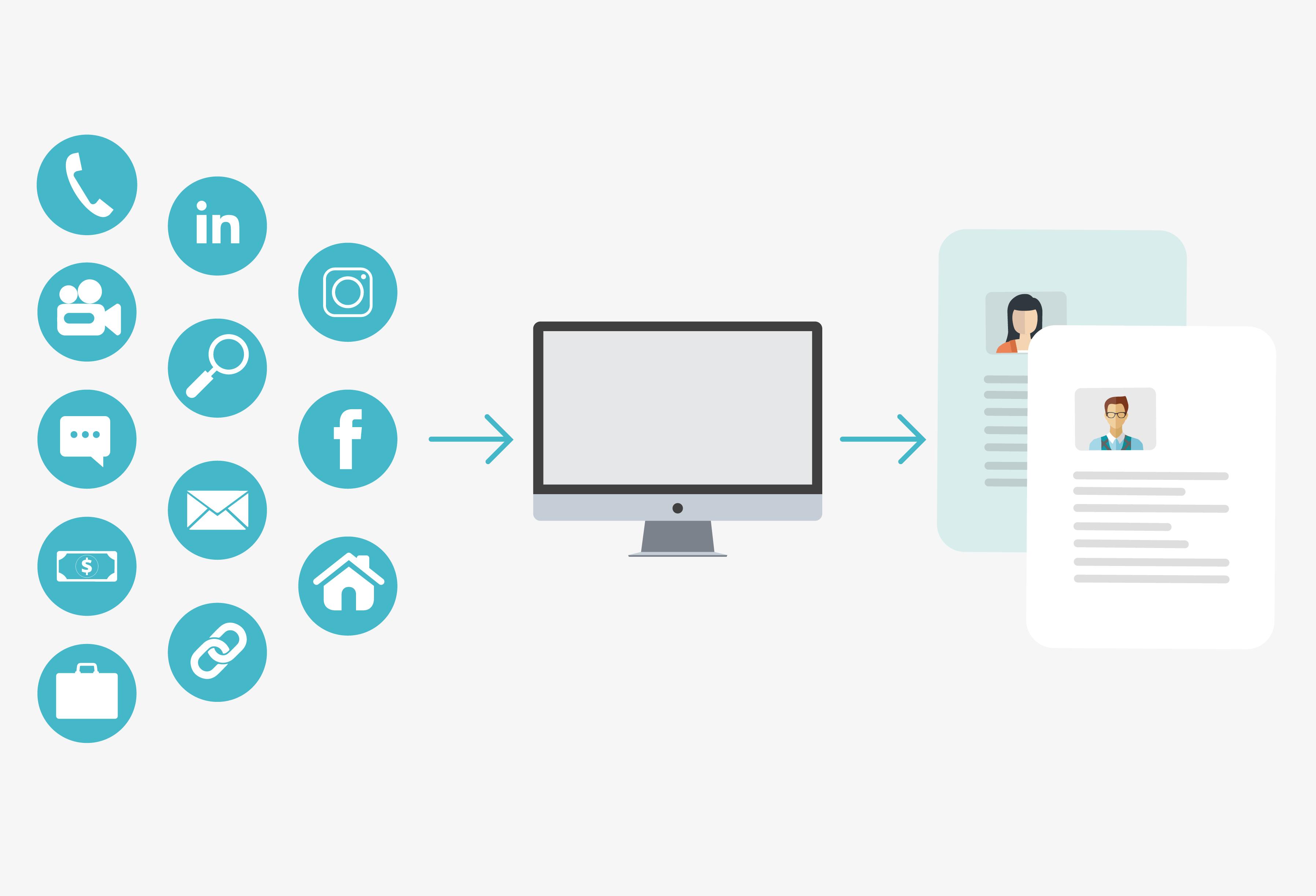
Segmentation and Personalization
A. Importance of Customer Segmentation
One size fits none. Customer segmentation is your secret sauce. Divide your audience into groups based on shared characteristics. It’s not just about sending the right message; it’s about sending the right message to the right people at the right time.
Segment based on demographics, behavior, or purchase history. The more granular, the better. Tailor your communication to each segment’s preferences and watch engagement skyrocket.
B. Personalizing Communication for Different Segments
Personalization isn’t just a trend; it’s an expectation. Address your audience by name, recommend products based on their history, and speak their language. When your communication feels like a one-on-one conversation, you’re on the right track.
Utilize dynamic content in emails and on your website. Leverage personalized recommendations and exclusive offers. Automation tools often come equipped with personalization features—use them to your advantage.
C. Dynamic Content and Its Impact
Dynamic content is the chameleon of the digital world. It adapts based on who’s viewing it. Tailor your website, emails, and ads dynamically to each visitor. It’s the epitome of showing, not telling.
Start small—personalize email subject lines or homepage banners. As you gather data, expand your dynamic content strategy. The more tailored the experience, the stronger the connection.
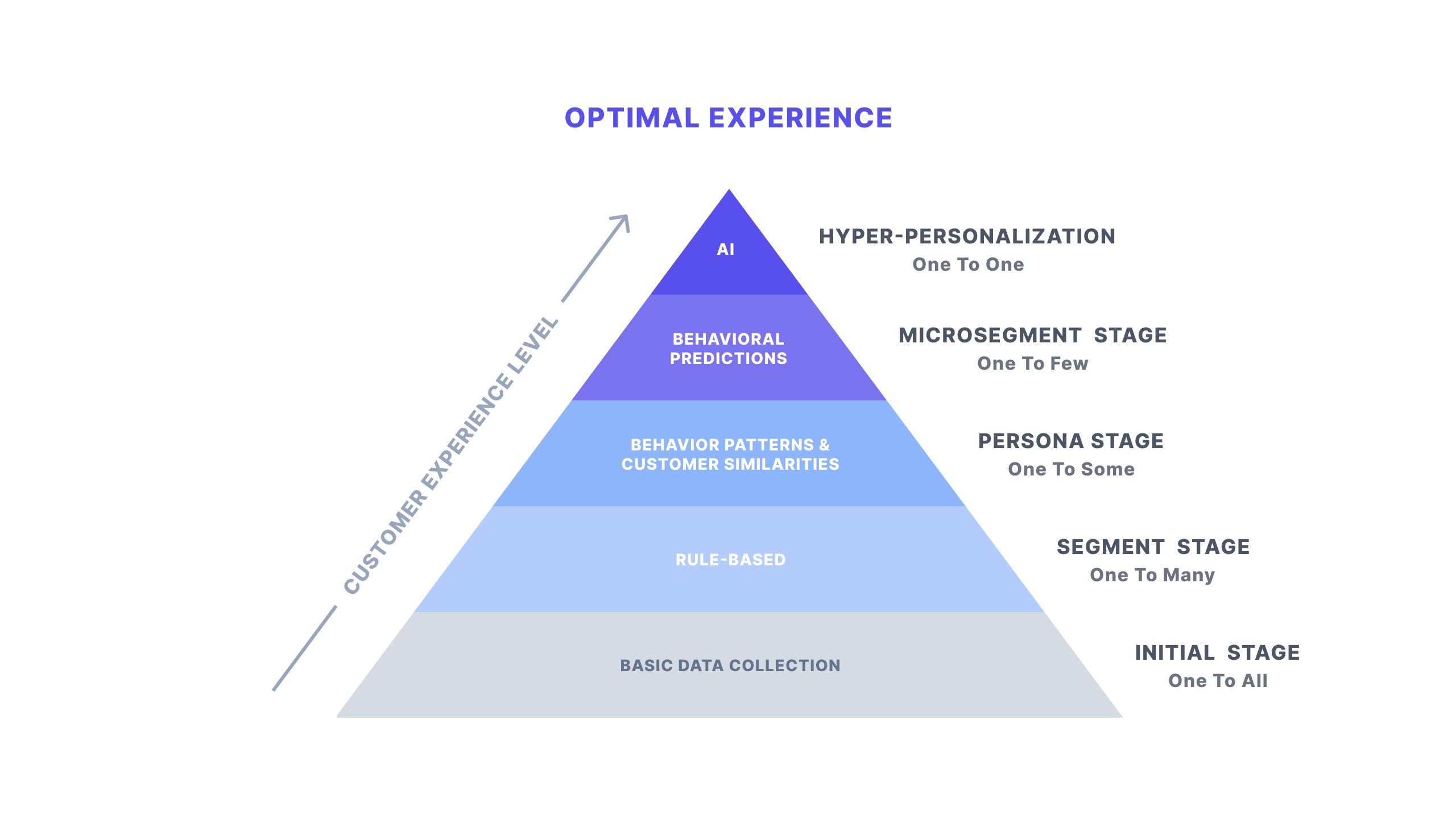
Nurturing Leads through Email Sequences
A. Creating Automated Email Drip Campaigns
Email drip campaigns are your digital nurturing gardens. Cultivate relationships step by step. From welcome emails to educational content and exclusive offers, map out a journey that transforms leads into flourishing customers.
Plot your drip campaign like a story—introduction, rising action, climax (the sale), and resolution (ongoing engagement). Use automation tools to schedule and trigger emails based on user actions.
B. Providing Value Through Educational Content
Become the go-to source in your niche. Offer value-packed content that educates and empowers your audience. Whether it’s how-to guides, webinars, or insightful blog posts, position yourself as the beacon of knowledge in your field.
Map out content that aligns with your audience’s pain points and questions. Offer downloadable resources like e-books or templates. Educational content is your handshake—firm, friendly, and memorable.
C. Incorporating Calls to Action (CTAs)
CTAs are your silent persuaders. Craft them strategically to guide your audience toward the next step. Whether it’s “Shop Now,” “Learn More,” or “Subscribe,” a well-placed CTA is the bridge between interest and action.
Test different CTA placements, colors, and verbiage. Make them attention-grabbing and action-oriented. And always ensure they align with the stage of the funnel—don’t ask for the sale too early.

Integrating CRM Systems
A. Streamlining Customer Data Management
Your CRM is the brain of your operation. Centralize customer data, interactions, and transactions in one hub. When you can see the full picture, you can serve your audience better and anticipate their needs.
Regularly clean and update your CRM data. Integrate it with other tools for a seamless flow of information. The more organized your data, the more strategic your decisions.
B. Enhancing Communication and Collaboration
Communication shouldn’t be a game of telephone. Ensure your CRM fosters seamless communication within your team. From sales to marketing, everyone should be on the same page, sharing insights and working toward common goals.
Use collaborative features within your CRM. Notes, tags, and activity logs keep everyone informed. Regular team meetings and training ensure everyone understands how to leverage CRM insights.
C. Utilizing CRM Insights for Continuous Improvement
Your CRM isn’t just for storage—it’s a goldmine of insights. Analyze customer behavior, identify trends, and spot opportunities for improvement. When your decisions are data-backed, your funnel becomes a well-tuned orchestra.
Schedule regular reviews of CRM analytics. Identify patterns in customer interactions and adjust your strategies accordingly. Your CRM should be a dynamic tool, evolves with your business.
Did you know there are multiple types of sales funnel? I did a detailed guide on them for you.
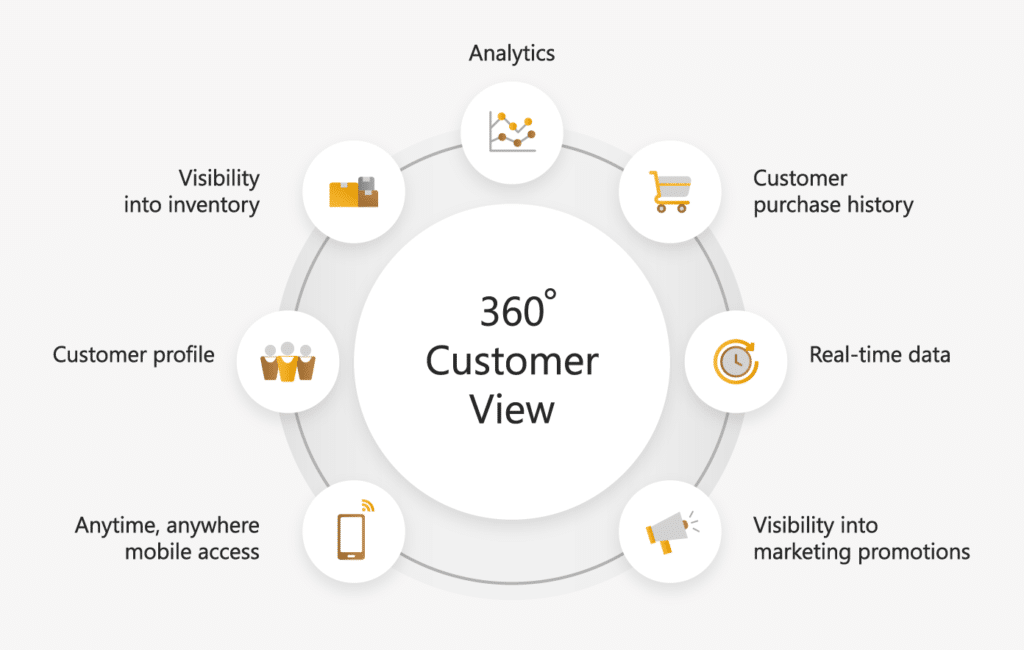
Monitoring and Analyzing Performance
A. Implementing Analytics Tools
Analytics tools are your backstage pass to the inner workings of your sales funnel. Whether it’s Google Analytics, Hotjar, or a specialized platform, integrating these tools is like turning on the spotlight. See where your audience dances, where they linger, and where they exit stage left.
Set up event tracking to monitor specific actions—page views, form submissions, or product clicks. This behind-the-scenes magic reveals what parts of your funnel deserve a standing ovation.
B. Tracking Key Metrics and Conversions
Metrics are your applause meter. Track the ones that matter. From website visits and click-through rates to conversion rates and revenue generated, each metric is a note in your symphony of success.
Identify your North Star metric—the one that directly aligns with your primary goal. If it’s sales, focus on conversion rates and revenue. If it’s brand awareness, track website traffic and social media engagement.
C. Iterative Improvements Based on Data Insights
Data isn’t just numbers; it’s a treasure map. Uncover insights, spot patterns, and don’t just nod; take action. Your sales funnel is a living, breathing entity. Iterate, refine, and elevate the performance based on the tales your data tells.
Conduct regular reviews of your analytics. Look for trends, anomalies, and opportunities. If a particular funnel stage isn’t shining, tweak it. Data-driven decisions are your secret weapon for continual improvement.

Ever thought of trying an affiliate marketing sales funnel? Must read the guide before you jump on it.
Addressing Challenges and Optimization
A. Common Pitfalls in Automated Sales Funnels
1. The Ghost Town Effect: Ever set up a fancy funnel and then… crickets? It happens. Lack of traffic can haunt your funnel. Solution? Drive targeted traffic through social media ads, SEO magic, or email marketing. Be the pied piper of your digital domain.
2. Overkill Automation: Don’t drown your leads in a tsunami of emails. Bombarding them isn’t love; it’s overwhelming. Keep it cool. Strategically time your messages, and watch engagement soar.
3. Ignoring the Human Touch: Automation doesn’t mean robotic. People want connection, not cold algorithms. Inject personality into your emails. Show them there’s a real human behind the screen. It’s the secret sauce to building trust.
B. Strategies for Overcoming Challenges
1. A/B Testing Extravaganza: Wondering why your open rates are as slow as a Monday morning? Test, tweak, and test again. Experiment with subject lines, content, and CTAs. Find the winning combo that makes your audience do the happy dance.
2. Feedback Loop Magic: Your customers are your North Star. Create feedback loops to understand their journey. Use surveys, social media polls, or carrier pigeons (just kidding!) to gather insights. Then, tailor your funnel based on real-life experiences.
3. The Revolving Door of Improvement: Rome wasn’t built in a day, and neither is a perfect funnel. Continuously optimize. Embrace change like it’s your cool, unpredictable friend. Adapt to market trends, update your content, and keep the user experience fresh.
C. Continuous Optimization for Maximum Efficiency
1. Data Dive: Numbers don’t lie. Dive into analytics like a treasure hunt. Identify high-converting paths and weak links. Optimize your funnel based on what your data whispers (or sometimes screams) to you.
2. Tech Tune-Up: Your toolbox should be sharp. Regularly update and explore new automation tools. Technology evolves, and so should you. Keep an eye on the market for tools that can supercharge your funnel.
3. Ninja Split Testing: Unleash the power of split testing. Pit different versions against each other, analyze results, and refine. It’s like evolving your Pokemon to reach their final form—except it’s your funnel becoming an unstoppable force.
Did you know there is another sales term known as sales pipeline? You can learn about what is a sales pipeline and how it works in detail.
Hot FAQs: Automated Sales Funnel
Is a sales funnel a CRM?
No, a sales funnel and a CRM serve different purposes. A sales funnel is a visual representation of the customer journey, from awareness to purchase. On the other hand, a CRM (Customer Relationship Management) system is a tool for managing and analyzing customer interactions and data throughout the entire lifecycle. While they complement each other, they are distinct elements of the sales process.
What is an AI powered funnel?
An AI-powered funnel leverages artificial intelligence to automate and optimize various stages of the sales process. It uses AI algorithms to analyze customer behavior, personalize content, and make data-driven predictions, enhancing overall efficiency. By harnessing the power of AI, businesses can create smarter, more adaptive sales funnels that dynamically respond to customer needs and drive better outcomes.
What is a sales funnel in real life example?
Imagine a bookstore:
- Awareness: You spot an intriguing book cover in the window.
- Interest: Entering, you explore different genres.
- Consideration: Reading book summaries and choosing a few.
- Purchase: You decide on one and head to the checkout.
- Retention: The cashier suggests joining their loyalty program.
- Advocacy: Impressed, you recommend the bookstore to friends.
This real-life journey mirrors a sales funnel, guiding potential customers from discovery to becoming loyal advocates.
What is an automated sale?
An automated sale refers to a transaction facilitated by automated processes without direct manual intervention. In the context of an automated sales funnel, it involves using technology like email sequences, targeted content, and AI-driven tools to guide potential customers through the purchasing journey seamlessly, leading to a sale without constant hands-on management.
What is Amazon sales funnel?
An Amazon sales funnel is a series of steps designed to guide potential customers through the purchasing process on Amazon. It typically includes stages like product discovery through search, consideration through product details and reviews, and finally, the purchase decision. Sellers can optimize this funnel with strategies such as keyword optimization, compelling product listings, and targeted advertising to enhance visibility and conversion rates on the Amazon platform.
Have you ever thought about how a sales funnel is different from a website? I did a detailed guide on Sales Funnel VS Website.
Wrapping up: Automated Sales Funnel
Alright, champ, you made it! Say goodbye to the days of sales headaches. Your automated sales funnel is now your silent partner in success. But here’s a parting gem: Master the art of storytelling. Weave narratives into your emails and content while creating your automated sales funnel.
Emotion sells and your audience craves connection. So, go ahead, sprinkle your tales into the mix, and watch your conversions skyrocket.


